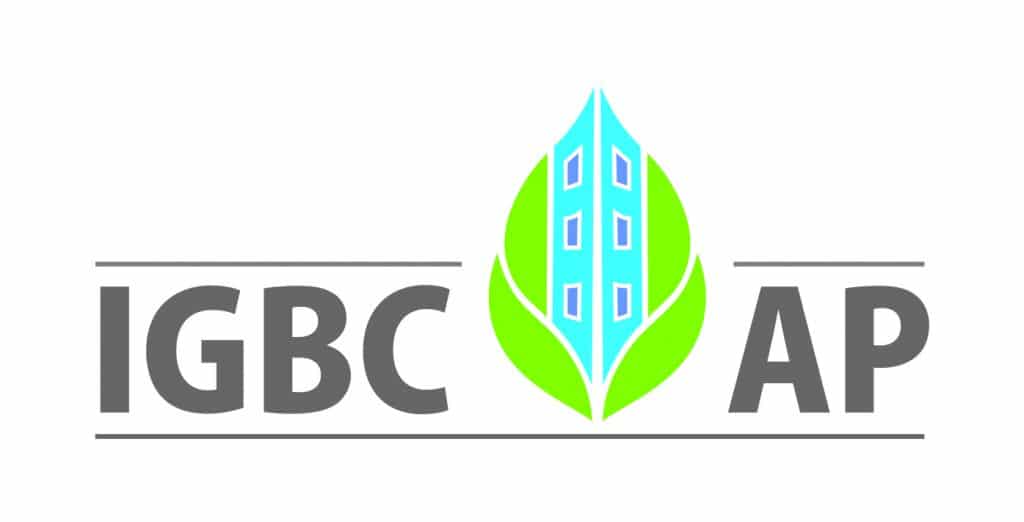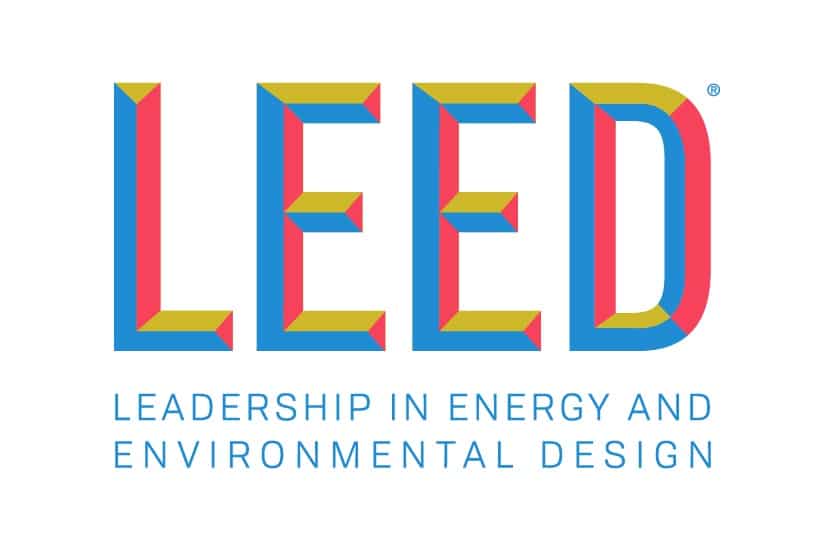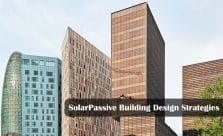Buildings use lots of resources of earth in form of energy, water, materials, generate waste and emit potentially harmful emissions for its construction, operation, renovations, demolition. From the design phase, construction phase to operation phase all have extensive direct and indirect impacts on the environment. With the growing awareness of climate change and sustainability, the market of Green Building Certification, Rating Systems and standards has made huge progress in the last few years with the aim of mitigating the impact of buildings on environment through sustainable design.

Buildings are impacted by the climate and microclimate of the site where it is located. The function and form of the building affects its performance. Building design is not only design but it is a combination of engineering and design. Thus, this meticulous planning, designing, construction and operation of green buildings is the main aim of Green Building Certifications.
Since its inception to its current status, numerous Green building councils, Green building rating systems and Green building consultants have come up in the market. Building Research Establishment’s Environmental Assessment Method (BREEAM) that was launched in 1990 was the first green building rating system of the world. In 2000, the U.S. Green Building Council (USGBC) started and developed its program through LEED rating system and when on to become the most prominent rating systems in the world. Additional rating systems then were developed by many nations as per their national priorities and to address broader issues and concepts like net zero, living building concepts, etc.
The Green building rating systems and certifications help guide, demonstrate and document efforts to deliver sustainable buildings. Rating systems rates and rewards relative levels of performance with specific environmental goals and requirements. Green building certification systems require an integrated design process to create projects that are sustainable throughout a building’s life cycle from siting to design, construction, operation, maintenance, renovation and demolition. Green building rating systems are available for every project type from single family houses, commercial buildings, new construction, neighbourhoods, cities, townships, existing buildings, campuses, interiors, etc. Most states and cities have also incorporated green into their internal building requirements for new construction. Many governments have made Certification mandatory or provide additional benefits like additional FAR to certified projects.

WHY PURSUE A GREEN BUILDING RATING OR CERTIFICATION?
Certification through any rating system provides verification of the green nature of the project. It can be a valuable educational and marketing tool for owners and design and construction teams. Green building certification can also be a way to provide an incentive for clients, owners, designers, and users to develop and promote highly sustainable construction practices. Rating systems also clearly outline what green standards need to be followed and what types of green products should be included in construction specifications.
Out of the various green building certifications available in India, the most widely used are LEED, IGBC, GRIHA and Gem Rating systems. Each of these systems have various levels of certification like Platinum, Gold, Silver and Certified. The level of certification is provided as per number of points thresholds. The number of points that the project decides to attempt decides the level of rating that the project can achieve. The rating systems keep getting updated with the emerging market trends, hence it is important to investigate the most current versions of the programs to achieve the best results.

Let us understand the process of Green building certification and its stakeholders. As soon as a building owner decides to go for Green Building Certification for any project, a Green building consultant is hired. The consultant has multiple roles to play right from design, construction to occupancy stage for ensuring the successful completion of the Certification. Green building consultants work with architects, planners and policy makers in creating high performing buildings. They help create benchmark designs by providing integrated sustainable design services ranging from passive building design to high performance systems, commissioning and auditing.
- Feasibility Studies
- Training design teams about certification requirements
- Advice to consultants of design team on specific design requirements at various design and construction stages
- Coordination with the design team for the submittals required
- Facilitation and Documentation
- Regular site visits for compliance checks
It is very beneficial to have an integrated design process along with the Green building consultant and the other stakeholders like owner, architect, owner, MEP engineers, landscape consultant, civil engineers, contractors, project management consultants. The design discussions help the team come up to an agreement over the rating system to be followed for the project and the target level of certification.
Most of the rating systems are divided into following categories – Sites, Water, Energy, Materials, Indoor Environmental Quality and Innovation. Each of these categories have a set of prerequisites and credits which can be attempted. The prerequisites are mandatory, and the credits are optional. A certain minimum number of credits are necessary to achieve the various levels of certification.
The process of certification begins with deciding the rating system appropriate for the project and registration of the project under the desired rating system. Green building consultant hand hold clients throughout the process right from registration, design, construction and post occupancy.

Registration gives access to the various templates related to the rating system. It helps kick start the process in the necessary direction. The overall design of the project and the design brief report is analysed with respect to the prerequisites and credits in the rating system. Sustainability goals are set, and gaps are identified, design recommendations are given to achieve those goals by the Green consultant. It is the job of the Green building consultant to keep track of the number of credits targeted and its successful implementation in design and construction. The consultant checks that the decided green features are incorporated in BOQs, drawings and DBR.
Energy simulation is also done by the Green building consultant. Energy simulation is the process wherein the model of the building along with its green features, HVAC, lighting loads, etc is simulated in an energy software. It also uses the weather data and analyses the performance of the designed building throughout the year to give the Annual energy consumption of the design case building. This energy consumption is compared with the base case model. The base case model is modelled using the ASHRAE, ECBC parameters. The comparison helps to know how much better the design case building is performing compared to the base case model.
Most of the rating systems have a provision for Precertification which helps projects set their goals early on during the design stage and helps in marketing to the probable customers for showing the Green building features being planned in the project.
On beginning of construction, the consultant conducts contractor education session wherein the contractor is explained all the green construction best practices and green features of the project. Trackers are shared with the contractor team to track and keep records of the necessary documents and proofs. These are set of documents like materials green fact sheets, manufacturer certificates, photos, as built drawings, product brochures, etc that are required for the Certification documentation and submission.
There are site visits and meeting conducted regularly by the green building consultant throughout the construction process to keep track of the target Certification points, collection of required documents, educating the team about the best practices, etc. The commissioning team of the Green building consultant also visits regularly to check on the installation of the equipment including HVAC, electrical, STP, water, etc.
When construction is on the verge of completion, the consultant ensures that all the necessary documents are already collected by them. The consultant performs calculations, fills up the rating system templates, prepares all the necessary documentation and presentations that are required for the submission to the Green building council.
The certification itself involves two steps i.e. first submission and second submission. The completion of the 1st submission the Green building council provides the Preliminary review within 30 days. The review lists if any additional clarifications and documents are required for any credit or prerequisite. The credits and prerequisite that are accepted are denoted as anticipated and the those which need clarifications are shown as pending. Certain credits can be marked as Denied if it is not at all possible to get that credit or If it is misinterpreted by the project team.
The getting the preliminary review, the consultant prepares the 2nd submission by collecting the required documents and conducting additional site visits if necessary. On completing the 2nd submission, the Green building Council provides the Final review within another 30 days. This Final Review must be accepted or appealed by the project team. On accepting the review, the Final Certificate is awarded to the project team and the building gets certified.
There are many benefits of Green Building Certifications- USGBC has found that energy, carbon, water, and waste can be reduced, resulting in savings of 30 to 97% respectively. Operating costs of green buildings can also be reduced by 8–9% while increasing in value up to 7.5%. Many sustainable buildings have also seen increases of up to 6.6% on return on investment, 3.5% increases in occupancy, and rent increases of 3%. Other benefits of green buildings, such as higher productivity and increased occupant health, have been attributed to better indoor environmental quality, increases in natural daylighting, and healthier materials and products within green buildings.
This is an emerging market with developments happening rapidly in terms of research, upgrading the certification systems and new product developments. All this helps advance the goal of sustainable building design and operations through Green building certifications.





